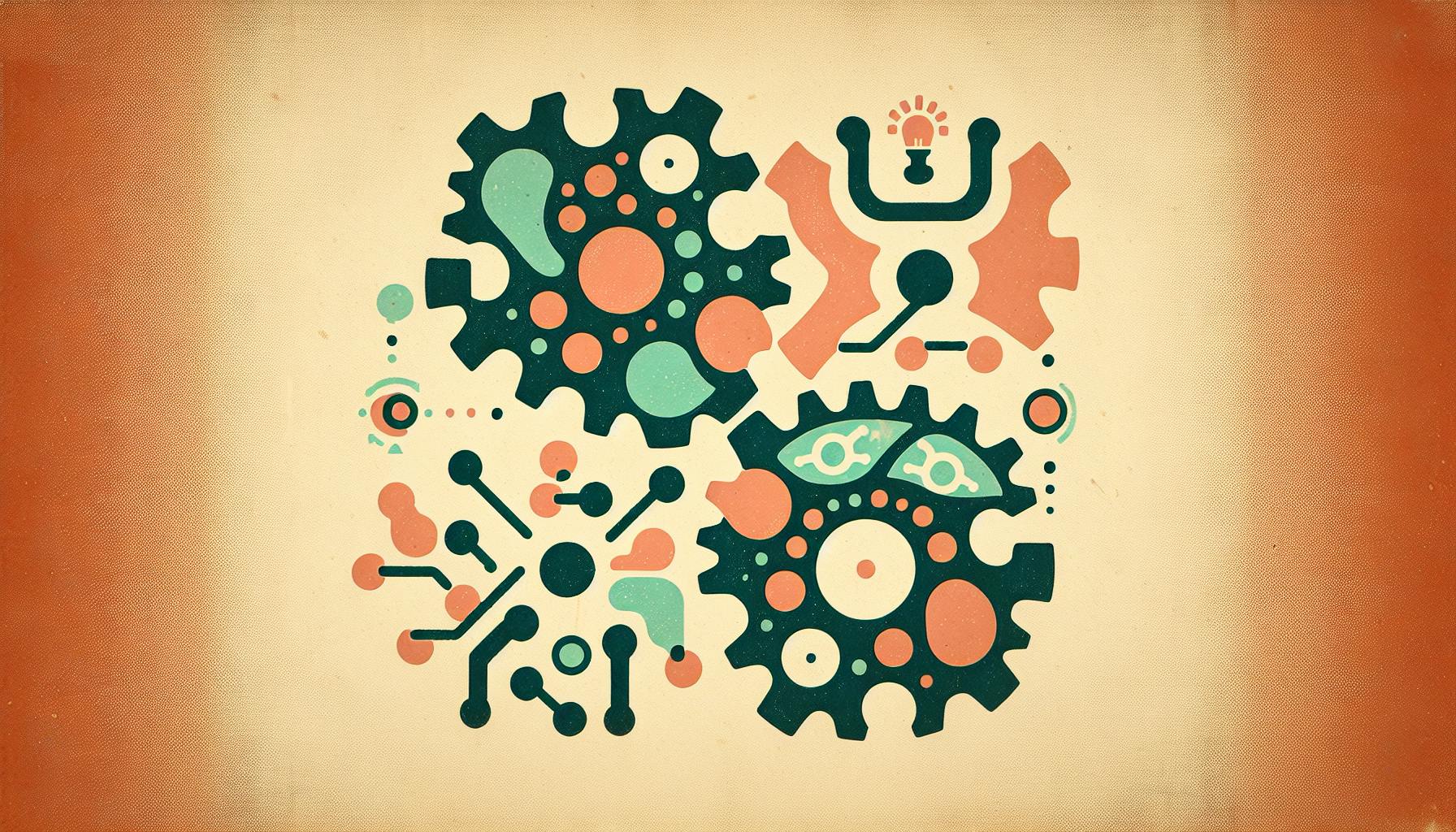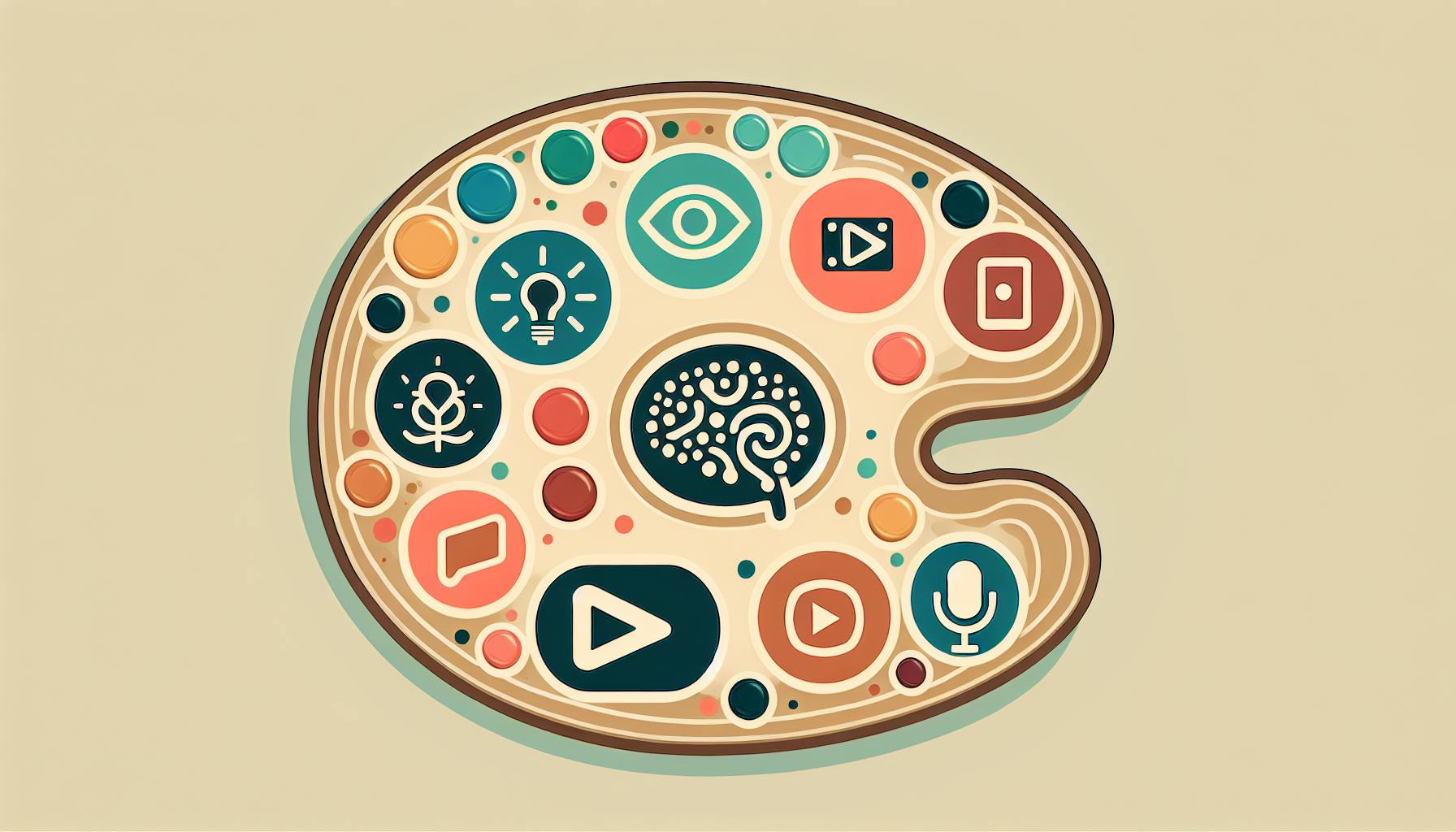Introduction
ChatGPT has taken the world by storm as a powerful conversational AI chatbot. With its advanced natural language processing capabilities, ChatGPT can understand prompts and generate remarkably human-like responses on almost any topic. However, as an AI system created by Anthropic to be helpful, harmless, and honest, ChatGPT does have some limitations in its knowledge and reasoning abilities that open source GPTs can help address.
While ChatGPT provides a strong foundation, it can occasionally give incorrect facts, offer responses that lack nuance, and fail to provide creative solutions. This is due to the challenges of training such a large model to be a generalist. By integrating additional specialized open source AI models into ChatGPT using techniques like external API calls or chained prompting, we can create custom chatbots with expanded knowledge, empathy, and creativity while minimizing risks.
The open source licensing of these models allows us to tap into state-of-the-art AI that has been shared publicly and trained on diverse datasets. By combining ChatGPT's versatile foundation with targeted enhancements from community-built GPTs, we can create chatbots that are customized for our unique needs. The possibilities are exciting as open source AI lowers the barriers to creating AI assistants that are more knowledgeable, capable and helpful.
Overview of Top Open Source GPTs for ChatGPT
An open source GPT refers to a general foundation model for natural language tasks that has been publicly released with an open source license. This allows the AI community to freely access, use, modify and share these models to build customized solutions. When integrated thoughtfully, open source GPTs can significantly improve ChatGPT's skills in areas like reasoning, empathy, creativity, and technical expertise.
But how do we evaluate which open source GPTs are high quality options for enhancing ChatGPT? Some key criteria include the reputation of the creators, the model architecture, training data used, size of the model, availability of documentation, and demonstrated capabilities relevant to our use case. We want to focus on reputable open source GPT projects that align with human values and have transparent, ethical practices around data collection and training.
Some of the core capabilities that can be augmented by integrating open source GPTs include:
- Enhanced reasoning and common sense
- Avoiding harmful or dangerous responses
- Improved technical/programming knowledge
- More natural social skills and emotional intelligence
- Expanded world knowledge and coherence
- Increased creativity and imagination
- Personalized responses tailored to the user
Here are some of the top open source GPT options to consider for enhancing ChatGPT:
Claude
Claude is an open source conversational AI assistant created by Anthropic to be helpful, harmless, and honest using Constitutional AI techniques. Claude has a strong focus on providing common sense to correct factual errors and improve ChatGPT's reasoning.
Some examples of Claude's capabilities:
- Fixes incorrect facts stated by ChatGPT like "Van Gogh was French"
- Provides logically sound explanations for why a previous response was wrong
- Answers common sense questions that stump ChatGPT like "Can a crocodile ride a bicycle?"
For teachers, Claude could monitor ChatGPT's explanations of key concepts and correct any factual errors or logical gaps. This helps create a safety net for catching slip-ups. Claude is trained on a broad corpus of books, web crawl data and more.
Anthropic's Constitutional AI
Constitutional AI is Anthropic's open source conversational AI framework designed to allow AI assistants to be helpful, harmless, and honest. It provides checkpoints to constrain an AI chatbot's responses to match human values.
Some examples of Constitutional AI:
- Refuses dangerous or unethical instructions that violate its constitution
- Avoids making harmful statements about groups based on race, gender, etc.
- Will not provide instructions for illegal activities
- Redirects conversations gently rather than responding unhelpfully
Integrating the Constitutional AI API creates additional safeguards to keep ChatGPT's responses harmless. It draws on human feedback during training to learn values. For therapists, Constitutional AI could prevent ChatGPT from giving advice that violates ethics.
GooseAI
GooseAI is an open source conversational AI system specialized in technical conversations. It can enhance ChatGPT's programming knowledge to hold more technical discussions.
Some examples of GooseAI's technical abilities:
- Explains code snippets and architecture decisions in greater depth
- Provides better pseudo-code and examples for technical concepts
- Answers in-depth questions on software engineering topics
- Helps debug issues by analyzing stack traces
For software engineers, adding GooseAI enables more advanced technical chats about coding challenges and solutions. GooseAI is trained on technical Q&A sites like Stack Overflow.
Bloom
Bloom is an open source conversational AI chatbot focused on natural social skills and emotional intelligence. It aims to converse thoughtfully and empathetically.
Some examples of Bloom's capabilities:
- Shows compassion, positivity and care when discussing sensitive topics
- Avoids appearing cold, robotic or indifferent in conversations
- Responds to emotions using empathy and active listening skills
- Has more relatable, down-to-earth conversational style
Integrating the Bloom API injects more empathy and "heart" into conversations to make ChatGPT feel more human. For crisis counselors, Bloom could provide additional warmth and emotional engagement. Bloom is modeled after positive psychology practices.
BigScience GPT
BigScience GPT is a large open source language model with 137 billion parameters. Its knowledge and capabilities can significantly enhance ChatGPT.
Some examples of what BigScience GPT offers:
- More coherent, in-depth knowledge on a wider range of topics
- Continues conversations naturally with context rather than repeating
- Displays greater common sense and common knowledge
- Avoids contradicting itself during long chats
Fine-tuning BigScience GPT on niche datasets can customize it for specialized use cases. For researchers, this could expand ChatGPT's knowledge of a domain like biomedicine. Training data includes books, Wikipedia, software documentation and more.
Imagen
Imagen is an open source text-to-image generator created by Anthropic built on DALL-E architecture. Integrating Imagen can enable ChatGPT to generate images from text prompts and descriptions.
Some examples:
- Creates images of objects, scenes and concepts described in text
- Generates artworks matching artistic styles referenced in prompts
- Visualizes architectural designs depicted in textual outlines
For creative professionals, Imagen allows ChatGPT to bring concepts to life visually. It is trained on image-text pairs from the internet.
Integrating Open Source GPTs into ChatGPT
Now that we've covered some impactful open source GPT options, how can we actually integrate them with ChatGPT? There are a few effective techniques for combining external GPTs:
Using External APIs
Most open source conversational AI models provide APIs for accessing their capabilities from any client application or codebase. This allows sending prompts to the API and receiving generated responses. Popular API integration options include:
- Calling Claude, Constitutional AI, and other Anthropic model APIs by registering for API keys on their site
- Implementing authentication using API keys and authorization to securely access APIs
- Building a REST client in Python to send JSON requests and handle responses
- Scaling via caching, load balancing, and optimizing requests to avoid throttling
# Example for calling Claude API
import requests
API_KEY = 'sk-...'
prompt = "Where was pizza invented?"
response = requests.post(
"https://api.anthropic.com/v1/claude",
json={"prompt": prompt},
headers={"Authorization": f"Bearer {API_KEY}"}
)
print(response.json())
Chaining Prompts
We can chain together prompts between ChatGPT and external GPTs by piping the output from one into the other. This allows us to leverage multiple AI systems in one conversation.
For example:
- Send prompt to ChatGPT and get initial response
- Pipe ChatGPT's response to Claude as a new prompt to validate facts
- Pass Claude's corrected response back to ChatGPT as input
Tools like ProxyGPT by Anthropic help automate prompt chaining to orchestrate AI conversations.
Leveraging Open Source Libraries
There are open source libraries like Cotoba that provide easy access to conversational AI models like GPT-3 and ChatGPT with a simple unified API. These libraries abstract away direct API calls, authentication, caching, rate limiting and other complexities.
With Cotoba we can simply do:
import cotoba
gpt = cotoba.ChatGPT()
gpt.ask("Explain quantum computing simply")
This reduces the glue code needed to leverage multiple GPTs.
Deploying via Containers
GPTs and associated apps can be packaged in Docker containers for easy deployment across environments. Benefits include:
- Containerizing chatbots and models for portability
- Updating GPT images independently from app code
- Orchestrating containers using Kubernetes, ECS, etc.
- Horizontally scaling containers to handle load
For example, we could have containers for ChatGPT, Claude, and our app frontend that work together.
Responsible Use of Open Source GPTs
While open source GPTs unlock exciting possibilities, we also need to use them responsibly. Large language models still carry risks around bias, toxicity, and harm without proper oversight. Some recommendations include:
- Enabling human-in-the-loop approval for high risk conversations
- Setting accuracy benchmarks that must be met before deployment
- Full transparency on model limitations and training data provenance
- Monitoring all conversations closely for dangerous responses
- Implementing safety precautions like Constitutional AI
- Further fine-tuning models on data representing human values
- Getting continuous human feedback to address problems observed
- Thinking carefully about the tradeoffs of AI systems
By integrating open source GPTs thoughtfully and emphasizing safety, we can reap the benefits while minimizing potential downsides. This requires an ethical, nuanced approach to building AI chatbots.
Conclusion
Augmenting ChatGPT with specialized open source GPTs unlocks tremendous opportunities to create custom conversational AI assistants tailored to our needs. Claude, Constitutional AI, GooseAI, Bloom and BigScience GPT represent some of the most promising options for improving ChatGPT's capabilities in areas like reasoning, safety, technical conversations, empathy and knowledge.
Techniques like external API integration, chaining prompts, leveraging open source libraries, and deploying via containers enable us to combine the strengths of multiple AI systems into unique conversational experiences. But we must also use open source AI responsibly with human oversight.
By tapping into the innovation of the open source community, we can build on ChatGPT's foundation to maximize its potential. I encourage you to try integrating open source GPTs into ChatGPT to build customized solutions for your use cases. The possibilities are endless for creating specialized chatbots powered by open source AI.


